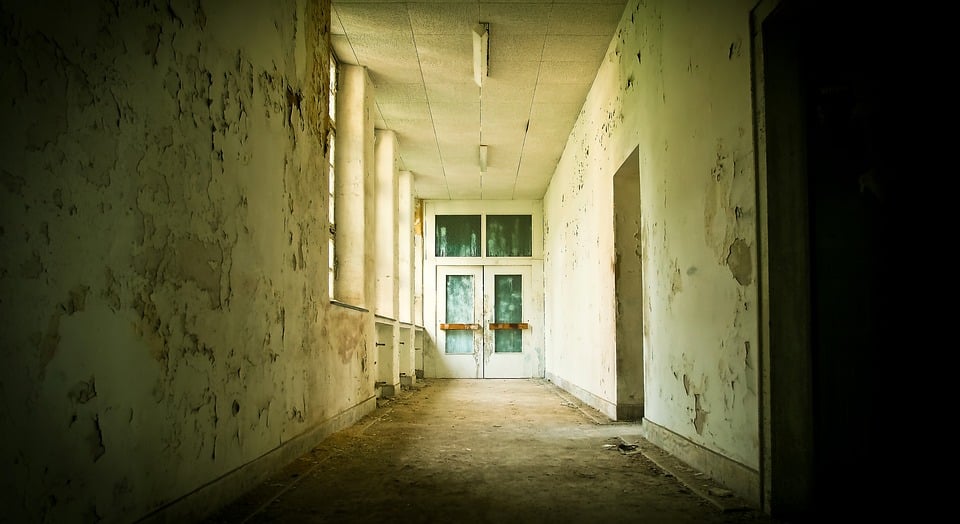When you notice some green or white fuzz on a loaf of bread, chances are your first instinct is to throw it out because it’s moldy. However, when it comes to taking care of your home, you may miss signs of mold that could affect your health.
What is mold?
Mold is a type of fungus that grows both indoors and outdoors and comes in a variety of colors including black, green, brown, yellow, or pink. Mold can also be fuzzy and give off a nasty smelling odor. However, not all fungi are bad. For example, yeast is a fungus and makes heavy contributions to both bread and beer. Fungus is also a key component in both blue cheese and penicillin. Fungi also help in the decomposition of dead organic matter, like leaves and trees.
How does mold get into your home?
Even though there are good and bad types of fungi, having mold in your home is generally bad news. Fungi reproduce through emanating spores. When these spores get into your home, it can cause mold to grow if conditions are right. Dark and damp areas are the perfect place for molds to grow.
Mold can take hold of wood, carpet, paper, food, insulation, and even the walls of your home. Mold tends to thrive in basements and bathrooms, but can also be in places that aren’t visible to the naked eye, like inside the walls of your home.
What health issues can mold cause?
Illnesses caused by mold are a result of the spores that the fungi release into the air. These spores can cause allergic reactions, headaches, breathing problems, irritated eyes, asthma episodes, congestion, and irritated noses and throats. Some molds can also release mycotoxins, which can cause neurological problems or even death for people and animals who live in homes with those types of molds.
How does mold spread?
When the mold spores land on a damp surface, the spore will start to grow and multiply. Over time, the fungi will begin to destroy the surface it’s growing on. Once that mold grows, it will begin to release its own spores, which will in turn cause more mold to grow.
How do I prevent mold growth?
The best way to prevent mold from growing is to eliminate the conditions that promote its growth. You should also clean up mold as soon as you see it beginning to grow. Since mold thrives in dark, damp spaces, it’s crucial to remove at least one of those conditions. Since you can’t have lights on perpetually in your home, the key is to get rid of the dampness. Doing so can be challenging, especially if you can’t determine where the water is coming from.
If mold is appearing in your walls or in the basement, that may be a sign of a water leak in your home. You should focus on finding where the leak is originating and patching it up. For bathrooms, steam from showers may be a significant contributor to mold. Steam can have less of an impact if you can run the bathroom fan while showering. You should also leave the bathroom door open after you shower, so the steam has a way to escape.
If you spot mold in your home, it’s essential to remove it immediately. Otherwise, it will continue to grow and reproduce. Discovering the cause of excessive moisture in your home can help with the process. If you spot mold, you can clean it with bleach and other cleaning products to keep it from reproducing. However, if the mold is especially pervasive or keeps recurring despite fixing water sources, call in professionals to remediate the problem.
If you own a home, you may come across mold at some point. If you do, don’t panic. There are a lot of technologies to eliminate even the most potent molds these days. Take the necessary steps and call in professionals if you see that the problem is out of your league. By being vigilant, you can eliminate your mold problem and safeguard the health of your family.

